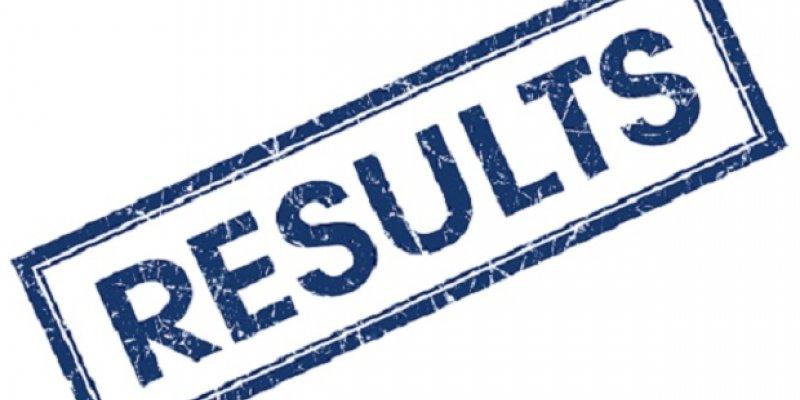Selinexor could benefit some people with difficult-to-treat diffuse large B-cell lymphoma
Published on: 29 January 2018Initial results from the phase 2 SADAL trial, which has re-opened.

Diffuse large B-cell lymphoma (DLBCL) that has been treated with two or more courses of treatment and relapsed (come back) or did not respond to treatment is very difficult to treat. SADAL is a phase 2 trial testing if a new drug, selinexor, could benefit these people.
Selinexor is the first drug of its kind. It works by activating pathways that lead to cell death in cancer cells.
Two different doses of selinexor were initially tested in the trial and a total of 67 people enrolled.
The most common side effects were nausea, vomiting, weight loss and fatigue. The most common severe side effects were low blood counts and fatigue. Some side effects were more common with the higher dose of selinexor.
A quarter of participants treated with the lower dose of selinexor responded to treatment, compared with around 1 in 6 people treated with the higher dose, possibly because this group had fewer side effects. Eight people had a complete response (no evidence of lymphoma).
Follow-up is short at the moment and longer-term results are needed to find out whether DLBCL stays under control in the people who responded to treatment.
Based on these results, SADAL has re-opened and is testing the lower dose in more people.
These results were reported at the AACR Annual Meeting 2017.
